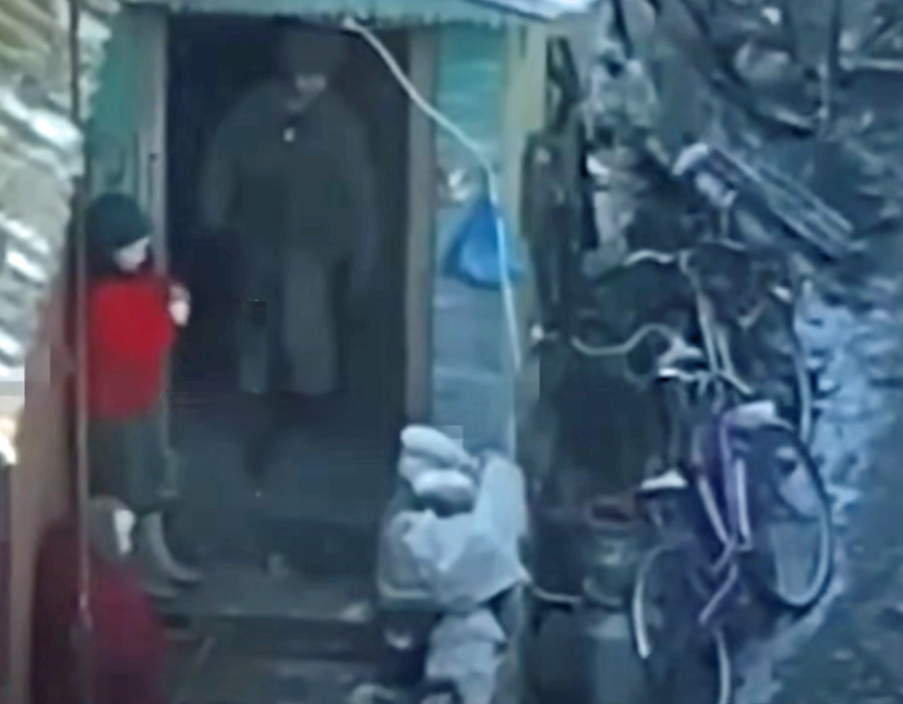President-elect Donald Trump’s looming tariffs and Vladimir Putin’s war against Ukraine have driven Europeans to protect themselves.
In 2024, Europeans dramatically increased their military spending, and they also elected seven “far right” governments that espouse nationalism, law and order, and anti-immigration policies.
JOIN US ON TELEGRAM
Follow our coverage of the war on the @Kyivpost_official.
The European Union (EU) grows.
There are 27 members, another four members of its free trade area, and nine more await approval. NATO has enlarged with the entry of the Swedes and Fins since the shooting began in 2022. In addition, Switzerland just agreed to a closer alliance with the EU, Iceland is holding a referendum in 2027 on joining, and Greenland, after leaving Denmark in 1985, is now considering rejoining. Atop it all, polls in Britain reveal growing support for reversing Brexit and linking up again. Recently, Britain’s Economist even suggested that Canada hook up with Europe: “Trump is goading his neighbor by suggesting it is about to become America’s 51st state: the EU should invite Canada to become its 28th member.”
European nations are closer to meeting their 2% NATO security commitments this year following Russia’s genocide, but more will be needed. Poland and the Baltics are beyond that proportion due to their heightened risk of invasion.
Recently, intelligence reports in Finnish newspapers reported that Russia has prepared a plan to eventually invade Finland and the Baltic states to create a “buffer zone” between it and NATO. Moscow already conducts drills to penetrate NATO’s eastern flank and has claimed, as in the case of Ukraine, that these lands are Russian.

Did Ukraine Just Break Russia? The Shocking Kursk Offensive Explained
Finland has closed off all but one border crossing with Russia, fortified its perimeter, and provided underground shelters for its citizens
The Helsinki report said: “Russia’s approach to security reflects a desire for strategic depth and the creation of a continuous buffer zone in Europe – stretching from the Arctic and Baltic Seas to the Black and Mediterranean Seas.” Russia would target the Finnish capital of Helsinki with missiles. The three Baltic states of Estonia, Latvia, Lithuania, and southeastern Finland would also be invaded. “The primary focus of Russia’s offensive would be the Baltic States,” the report noted.
Such reports may be scare tactics, but Putin continues to escalate his hybrid attacks on NATO countries in Europe – acts that constitute acts of war and should be retaliated against but are not as yet.
Russian defectors are hunted down in the continent, sabotage on land and sea is rampant, and assassinations, arson, and cyberattacks are unrelenting.
German officials called the recent severance of underwater cables in the Baltic Sea “a wake-up call.”
In recent weeks, the electrical link between Finland and Estonia was disconnected. A boat was seized, and warships now ply all coastlines.
“We know Russia is systematically conducting hybrid warfare against its neighboring NATO/EU countries,” Lauri Läänemets, Estonia’s interior minister, said in an email to The New York Times. “It’s time to drop the illusions and face it.”
Europe is strengthening its muscles, but the issue needs to be resolved. As Washington Post columnist Max Boot advised: “How to respond to Russia’s hybrid war on the West? Hybrid counterattack.”
Reprinted from [email protected] – Diane Francis on America and the World.
The views expressed in this opinion article are the author’s and not necessarily those of Kyiv Post.
You can also highlight the text and press Ctrl + Enter






